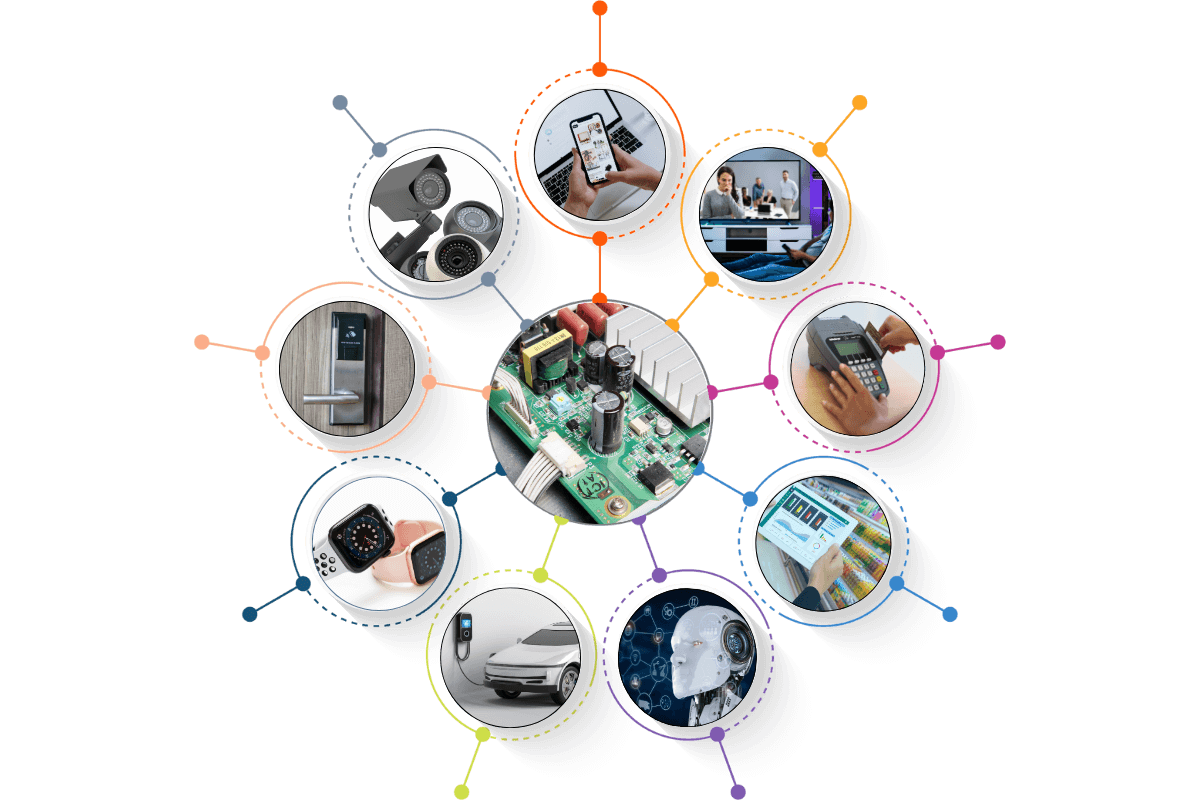In an era where digital transformation is at the forefront of technological advancements, the importance of securing not only software but also hardware cannot be overstated. Hardware security testing is a critical component of a comprehensive cybersecurity strategy, ensuring that the physical devices we rely on are robust against attacks. In this blog, we’ll explore the reasons why hardware security testing is essential and how it contributes to overall system security.
Understanding Hardware Security
Hardware security involves protecting physical devices and their embedded systems from tampering, unauthorized access, and other malicious activities. This encompasses a wide range of devices, including microcontrollers, processors, integrated circuits, and more. As these components form the backbone of modern technology, their security is paramount.
Why Hardware Security Testing is Crucial
Hardware can be subject to various attacks such as side-channel attacks, fault injections, and reverse engineering. These attacks exploit the physical characteristics of a device to extract sensitive information or disrupt its operation. Hardware security testing helps identify and mitigate vulnerabilities that could be exploited in such attacks. Because Hardware is the base for all IOT Devices. Learn more about our comprehensive IoT security services here.

Key Interfaces in Hardware Security Testing
To thoroughly test hardware for security vulnerabilities, it’s crucial to understand and utilize various interfaces. Key ones include
UART (Universal Asynchronous Receiver/Transmitter), used for debugging and potentially exploited to access firmware or OS
JTAG (Joint Test Action Group), for testing circuits and bypassing security
SWD (Serial Wire Debug), for debugging ARM microcontrollers and accessing firmware
SPI (Serial Peripheral Interface), for short-distance communication and data extraction
I2C (Inter-Integrated Circuit), for connecting peripherals and intercepting transmitted data.
These interfaces help analyze and expose vulnerabilities in hardware security testing.
Protecting Key Hardware Interfaces
To secure these key interfaces, several measures and checks can be implemented:
Implement strict access control mechanisms to restrict physical and logical access to hardware interfaces.
Use secure boot processes and authenticated firmware updates to ensure that only authorized personnel and processes can interact with the hardware.
Disable unused interfaces or lock down interfaces that are not required for the device’s operation in its production environment. This reduces the attack surface and limits the potential for unauthorized access.
Use encryption to protect data transmitted over interfaces like UART, SPI, and I2C. This ensures that even if an attacker intercepts the communication, the data remains unreadable without the proper decryption keys.
Implement integrity checks for firmware and other critical software components. Use cryptographic hashes and digital signatures to verify the authenticity and integrity of firmware before it is loaded or executed.
Use secure debugging practices, such as requiring authentication for JTAG or SWD access and employing secure debugging protocols that encrypt debug data. This helps prevent unauthorized access during development and testing phases.
e-Fuse (electronic fuse) technology can be used to permanently disable debug interfaces like JTAG or SWD after manufacturing and testing are complete. This prevents unauthorized access to the debug interface in the field, enhancing the security of the device.
Implement secure JTAG protocols that require authentication and authorization before allowing access. This includes using cryptographic methods to verify the identity of the user or device attempting to access the JTAG interface, thus preventing unauthorized usage.
Ensure that physical access to devices is controlled and monitored. Use tamper-evident and tamper-resistant enclosures to protect sensitive components and interfaces from physical tampering.
Conclusion
The rapid growth of IoT devices presents both opportunities and challenges. While these devices bring immense benefits, they also introduce new security risks that must be addressed. It’s essential for manufacturers, developers, and users to prioritize hardware security, implement best practices, and remain vigilant against emerging threats. For specialized IoT security solutions, check out our IoT services